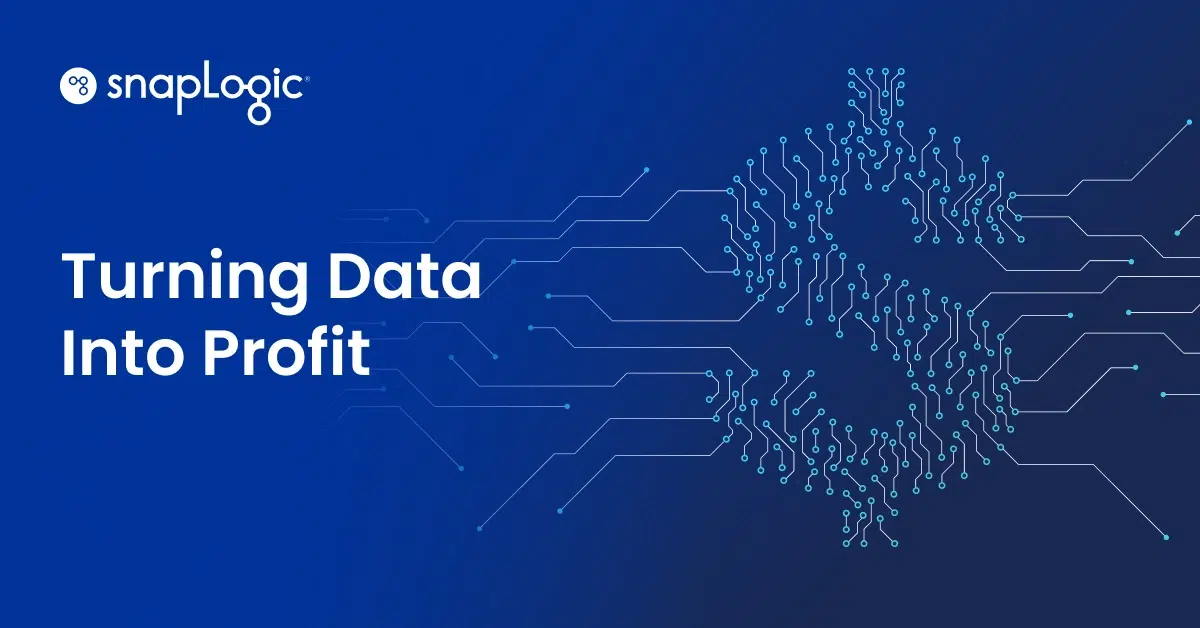Process automation is a major incentive for sales organizations investing in customer relationship management (CRM) software. Integrated, automated processes such as quote-to-cash, configure price quote (CPQ), contract management, and revenue management can drive significant business value. With just a fully integrated quote-to-cash system, a company can realize (average) improvements including:
- 105% larger deal size
- 49% higher proposal volume
- 28% shorter sales cycle
- 26% more reps achieving
- 17% higher lead to conversion rate
Integrated processes require data integration
Despite these enticing benefits, integrated sales processes remain a pipe dream at many enterprises. As I wrote in my previous blog post, sales and IT organizations have an urgent need for processes such as quote-to-cash, which requires CRM to be integrated with systems including:
- Back-end ERP
- Configuration engine
- General ledger
- Manufacturing
- Order management
- Fulfillment and others
Herein lies the real problem with sales process integration: it’s data integration. Whether companies are using cloud-based CRM applications or remain loyal (as many do) to on-premises Microsoft Dynamics CRM, achieving process integration inevitably requires data integration between cloud apps and legacy, on-premises systems.
Bidirectional data flow is at heart of process integration
As the hub of quote-to-cash, bidirectional data exchange between the CRM system and the others it connects with is essential to ensure accuracy at every step of the sales cycle. This reality adds further complexity to the challenge of building and maintaining multiple connectors at the application level. Traditionally, a tight level of connectivity (i.e., bidirectional and real-time) is achieved by application integration using bespoke or heavily customized standard connectors.
The old way: Writing and maintaining code
Building and maintaining application connectors is a tedious, labor-intensive process. Developers must write either C# or Java code, integrating with each application’s programming interface (API) and authentication mechanisms.
This time-consuming process is also error-prone, two realities that are magnified during the connectors’ maintenance stage. As with any other software project, code decays over time and must be updated. If the developer who wrote the code leaves the company, the IT organization’s ability to understand the connector at the code level also vanishes.
The new way: Drag-and-drop data integration
Quickly executed with pre-built connectors called SnapLogic Snaps, enterprises can supersede application integration. Organizations can achieve bidirectional data integration with just a few clicks instead of the months of development time application connectors require.
With drag-and-drop simplicity, the SnapLogic Enterprise Integration Cloud can help sales organizations to become more data- and process-driven. Data integration fuels the function’s transformation while allowing it to maintain the agility that real-time insight affords.
This blog post is the second of a three-part series on how SnapLogic brings together and aggregates customer data for analytics, connecting business processes faster –across on-premises and cloud applications in today’s hybrid enterprise. To learn more, download SnapLogic’s new white paper, “Enterprise reality check: Extending the value of Microsoft Dynamics CRM.”
Also check out my additional SnapLogic blog posts. Thanks!











